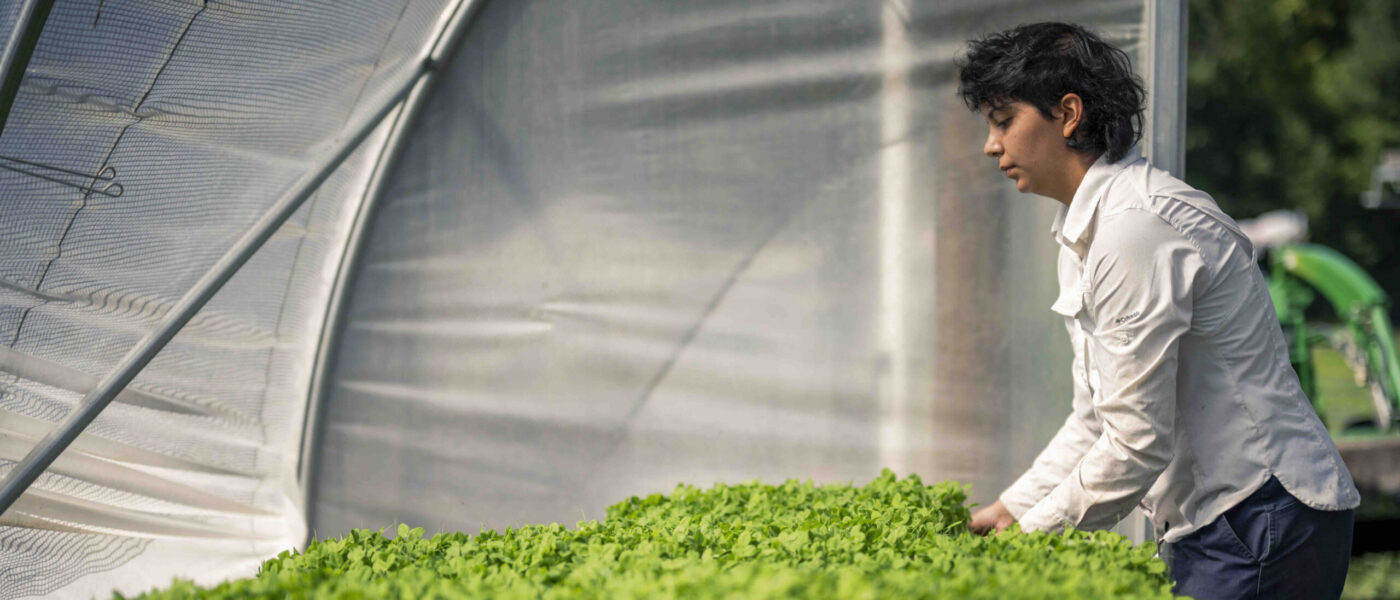- Shop at your local farmers markets, farm stands and via local farms’ websites.
- Join a Community Supported Agriculture (CSA) program where you can buy a “share” of a farm’s harvest before the growing season begins, providing the farmer with upfront capital and guaranteeing you a regular supply of fresh, local produce throughout the season.
- Look for labels that identify family farm products at the grocery store and dine at restaurants that source from local farms.
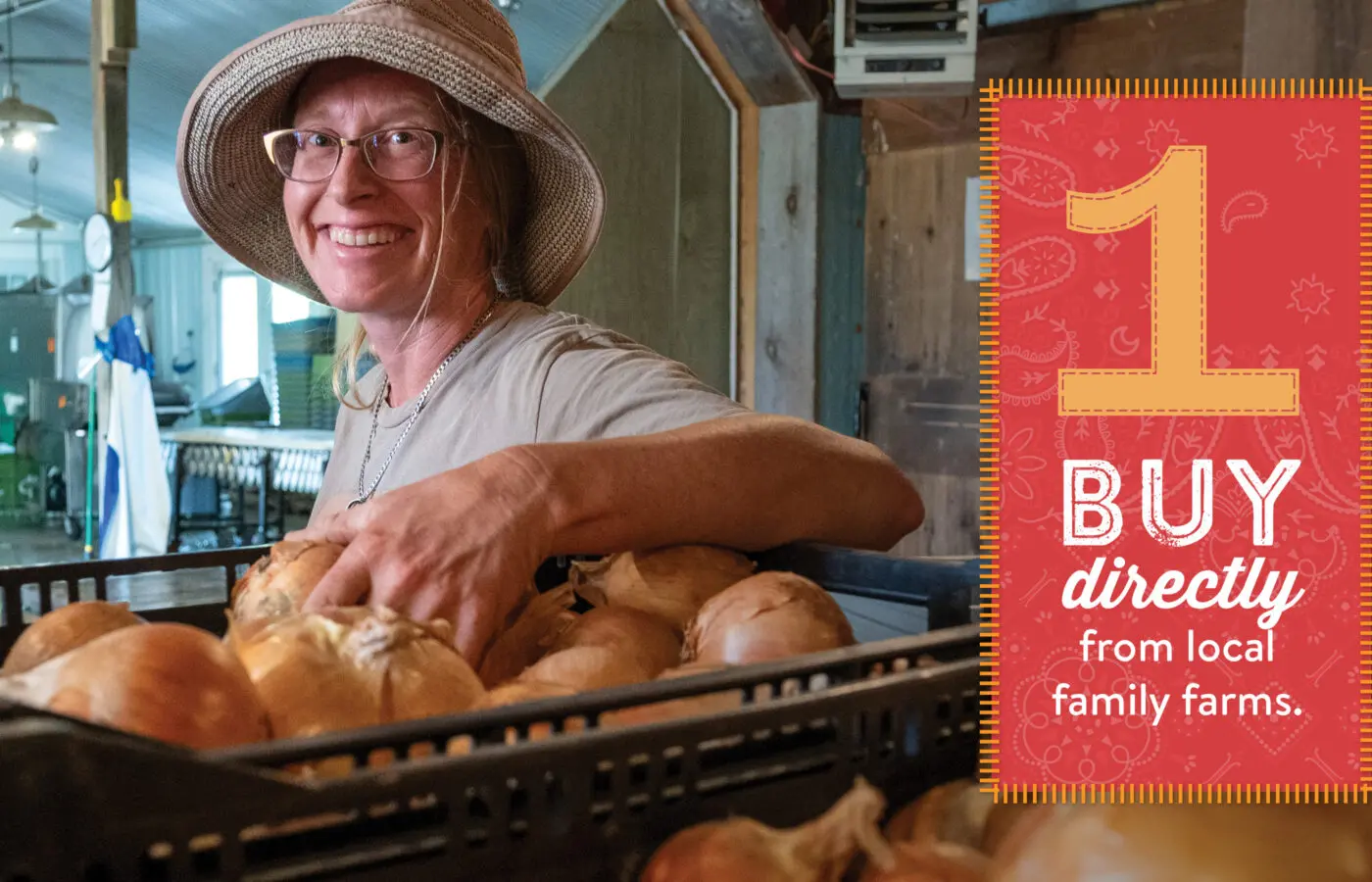
Here's how:

Here's how:
- Try simple recipes that use fresh, local ingredients. Many farms offer recipes or ideas for cooking unfamiliar produce on their websites and social media.
- Start a seasonal recipe swap with neighbors or coworkers.
- Share what you’re cooking on social media using hashtags such as #eatlocal, #buylocal, #recipes or #homecooking to inspire others, build community and honor the many cultures behind the food we eat.
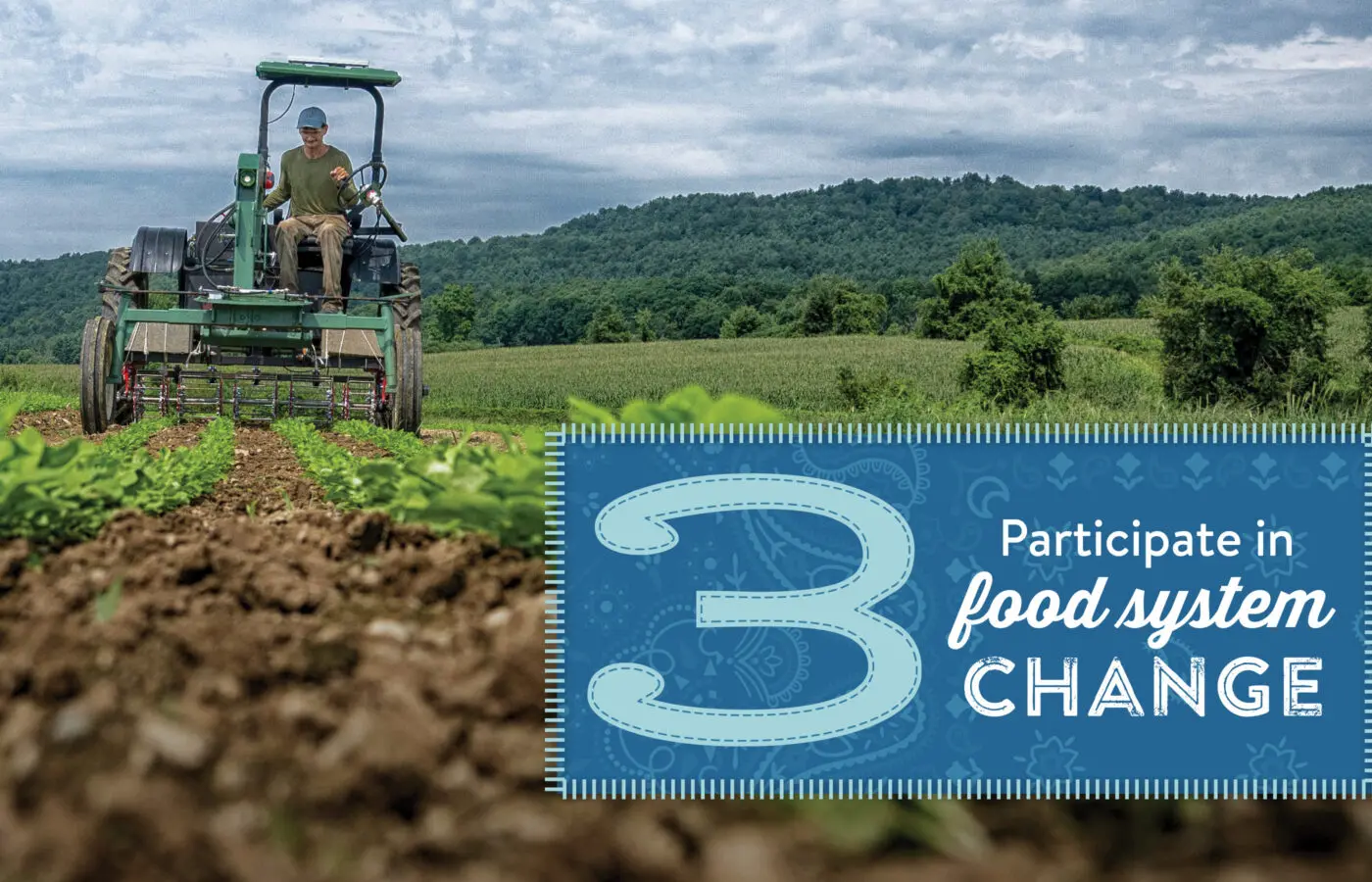
Here's how:
- Tell your local grocer and restaurants that you want them to source their food from family farmers — and support those that do!
- Encourage local schools, your office cafeteria, colleges, hospitals and nursing homes to source ingredients from nearby farms to provide healthy meals and bolster the farm economy.
- Promote diverse and equitable sourcing practices that support farmers from all backgrounds.

Here's how:
- Follow local farms on social media to learn about their practices and challenges. Become a member of a farm organization in your state.
- Join a farm tour or a field day at a farm near you to spend some time getting to know a farmer and their specific methods of farming.
- Build relationships and connections with farmers. This is an important — and rewarding — way to create a local food and farm economy.
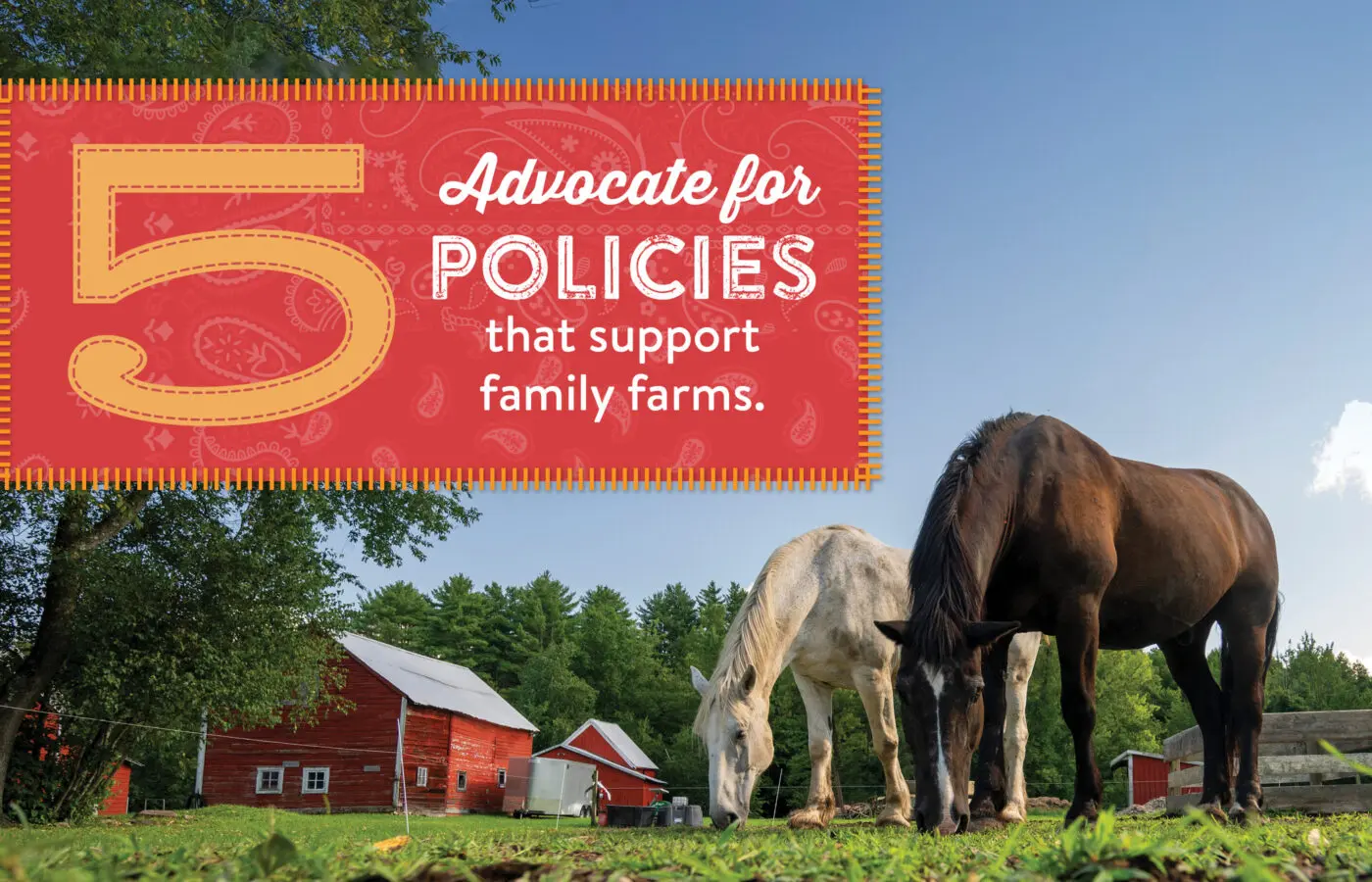
Here's how:
- Contact your elected officials and let them know you support policies that promote sustainable agriculture and local food systems, such as the Agriculture Resilience Act (ARA).
- Learn what policies are important to farmers and advocate alongside them. Policies that impact farmers don’t only focus on agriculture and food. Farmers are affected by climate change and injustices related to discrimination, immigration status and economic inequality.
- Take action on Farm Aid policy priorities today!

Here's how:
- Teach the next generation to grow and cook! Fostering an appreciation of food encourages children to make smart food choices now and throughout their lifetime.
- Get involved with a local 4-H group or reach out to the schools in your area and see if they support FFA and instill a love of agriculture in the next generation.
- Organize a field trip to a local farm for your kids or grandkids to meet a farmer and learn more about various types of farming.
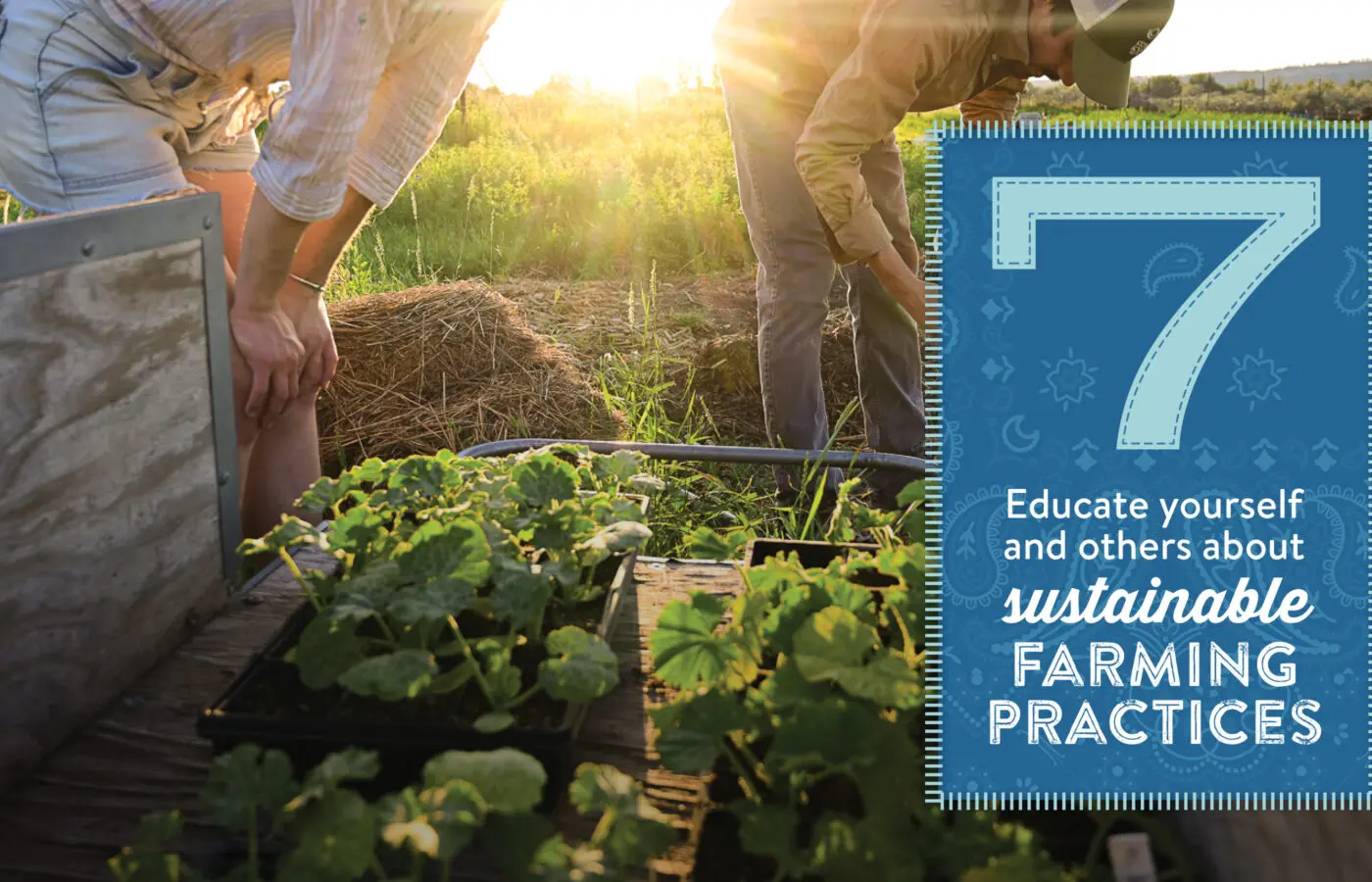
Here's how:
- Empower yourself! Explore Farm Aid’s website and the helpful resources available to learn about sustainable farming, land justice and the impacts of corporate power.
- Organize a neighborhood gathering and invite a family farmer to discuss the benefits of local, sustainable food production or organize a group trip to your farmers market.
- Encourage your friends and family to support local farms by sharing recipes, stories and information about local food systems on social media.
- Listen to Against the Grain–Farm Aid’s podcast–designed to bring the magic of Farm Aid’s annual festival to listeners year-round. Each season focuses on a different topic!
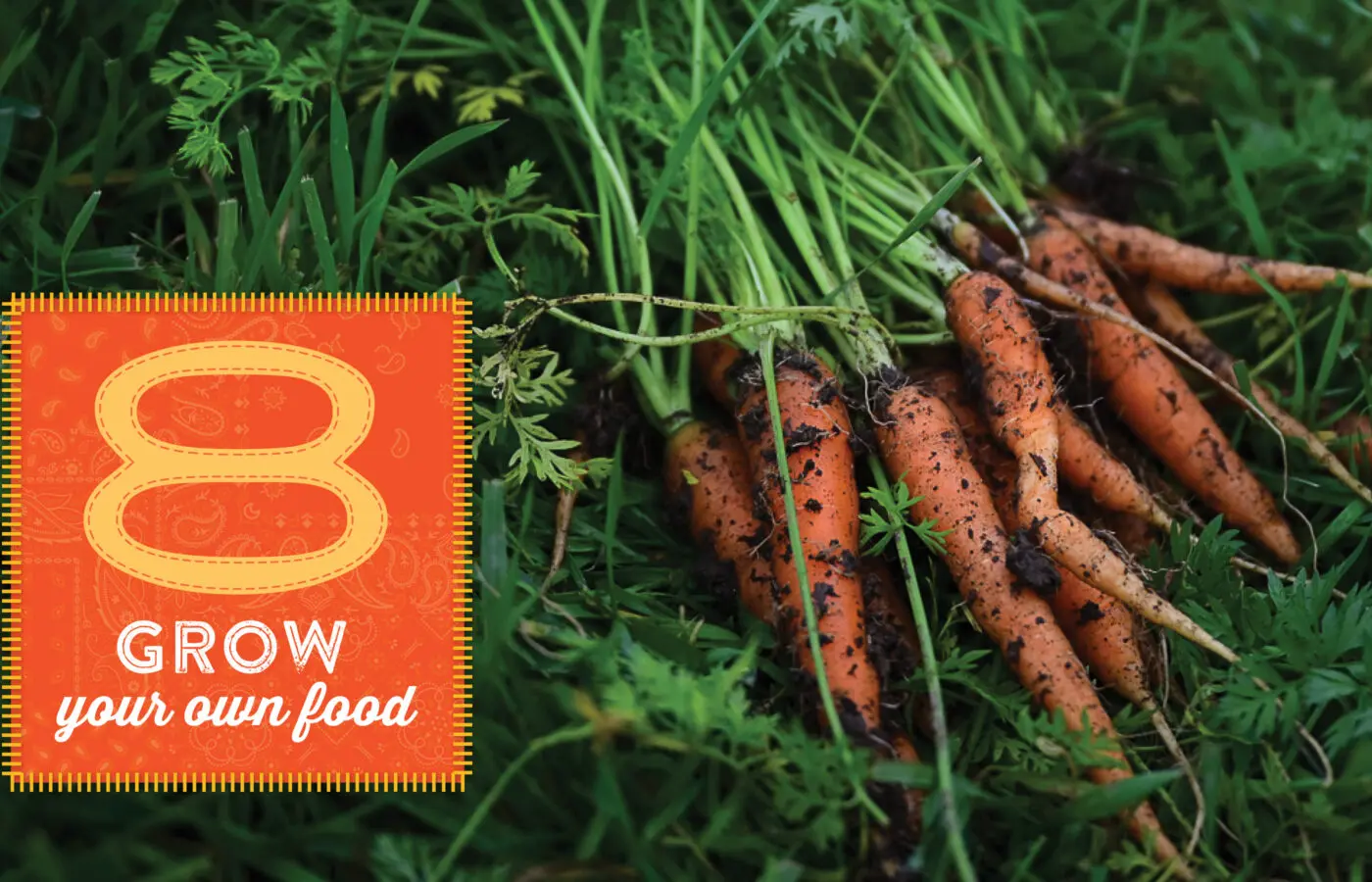
Here's how:
- Start a small home or community garden and help reinforce the value of local farming (and how hard it is — thank goodness we have farmers)!
- Share your knowledge! If you have a green thumb, share it and help others learn to plant and enjoy a garden.
- Explore Farm Aid’s HOMEGROWN 101s, which empower eaters and farmers together to learn how to grow, cook, share and cultivate community through food and farming.
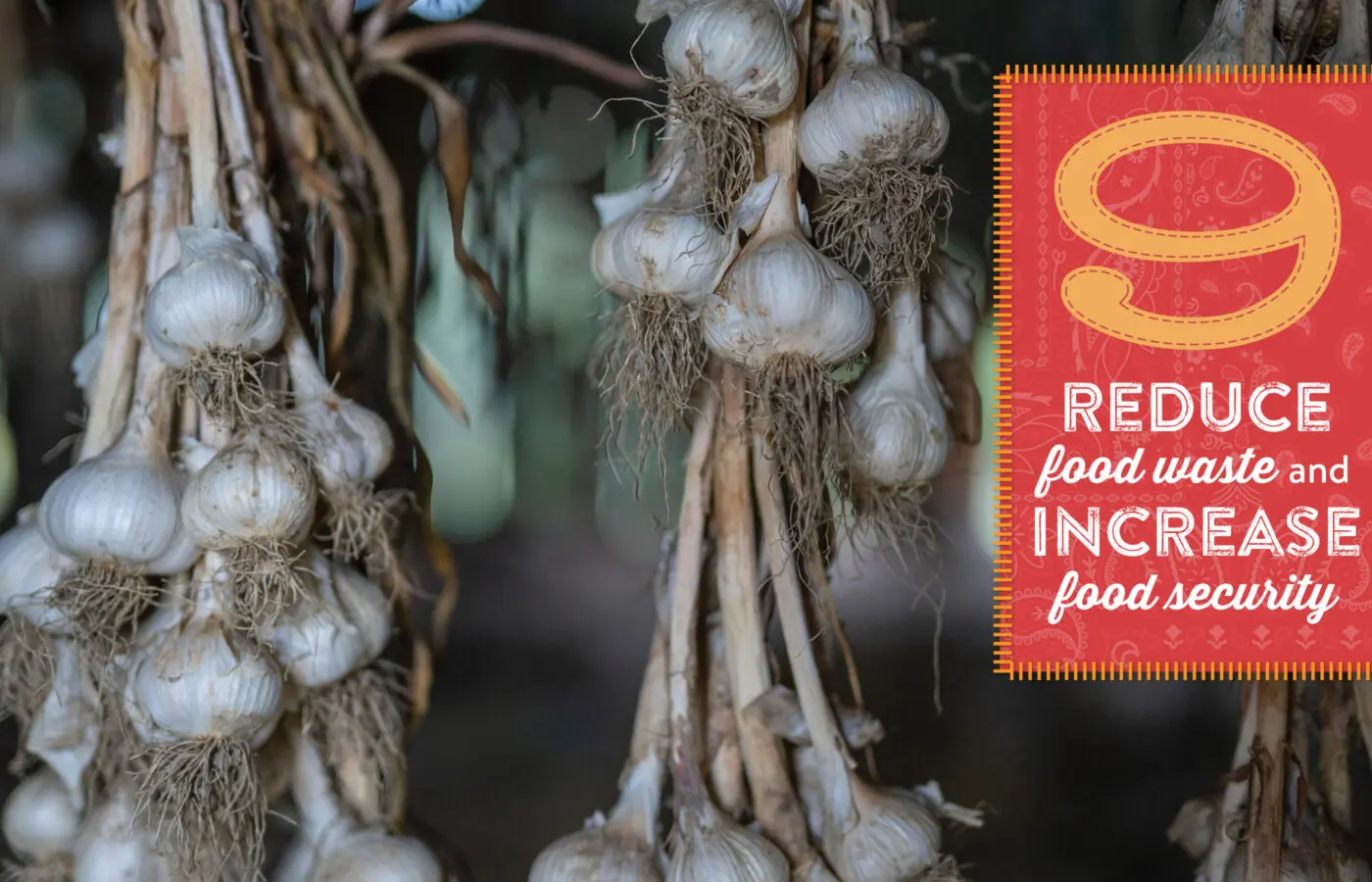
Here's how:
- Respect the hard work of farmers by minimizing food waste, properly storing produce, making plans to enjoy it at its height of freshness and composting scraps.
- Feed your garden or others by composting your food scraps and yard trimmings. The Environmental Protection Agency has lots of tips on food waste prevention and composting at home.
- Get involved with gleaning! Gleaning is the process by which local organizations, volunteers and farmers harvest crops that are left in the field after harvest. These crops are distributed to local food banks, pantries and other food assistance programs to help combat food insecurity. (Learn more in this PDF.)
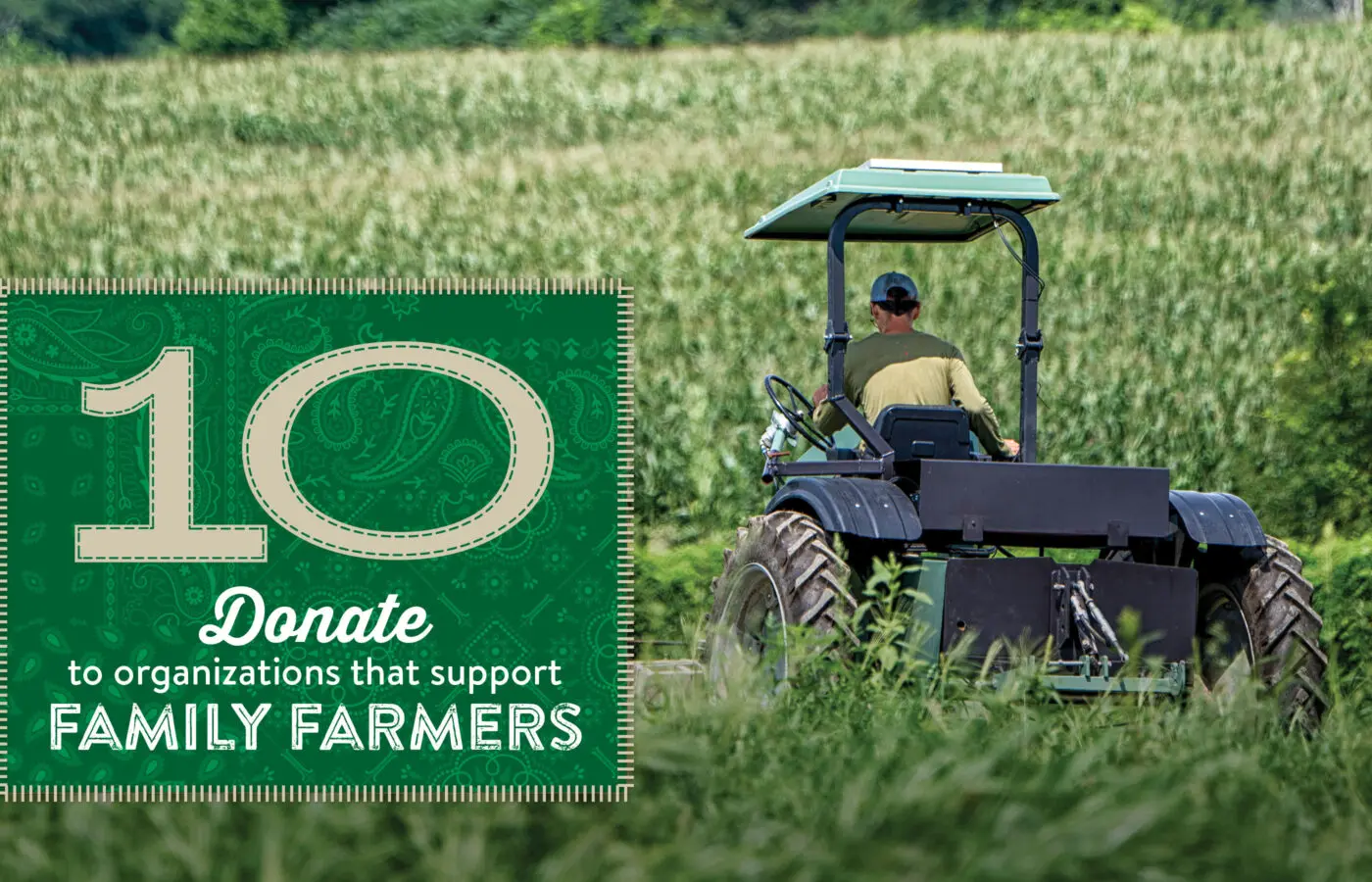
Here's how:
- Connect and support a farmer organization in your state. Many of them are Farm Aid grantees; you might find your local organization on our grantee list.
- Donate to Farm Aid today!

Donate Now
Thankful for the land and those who steward it. Make a gift to Farm Aid now.
